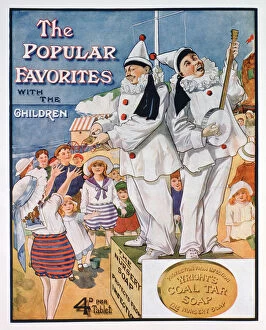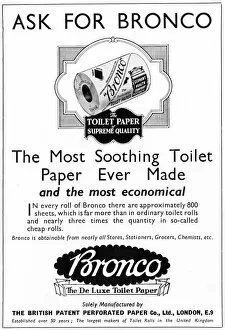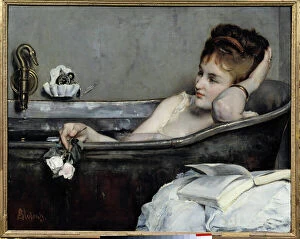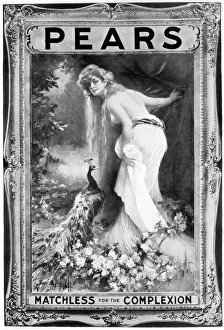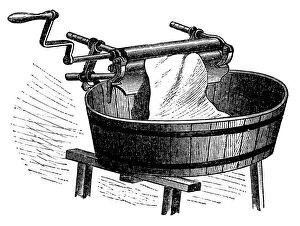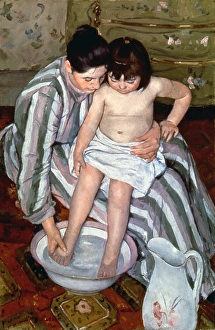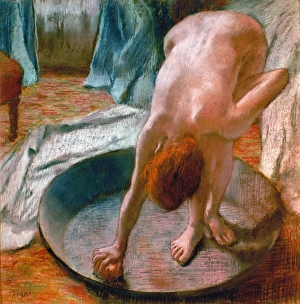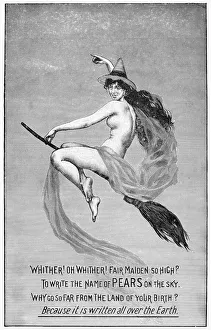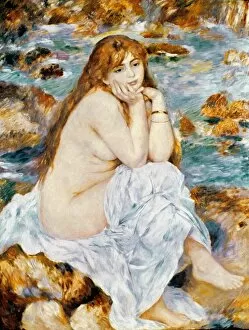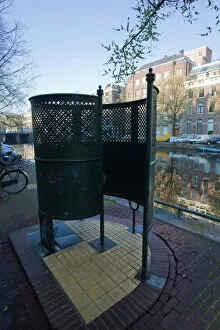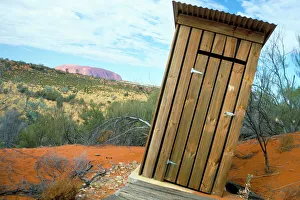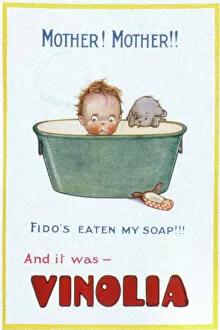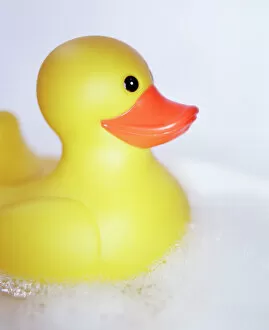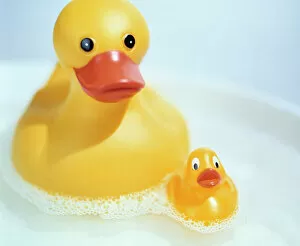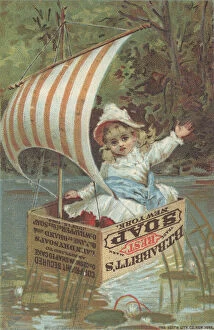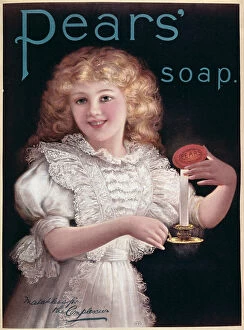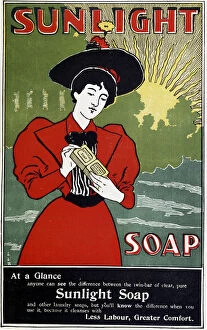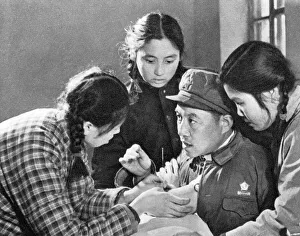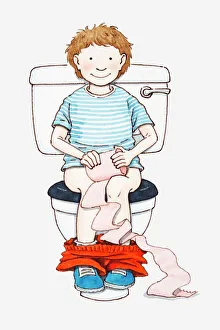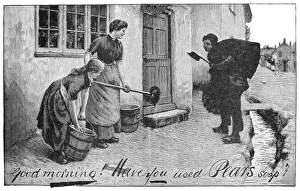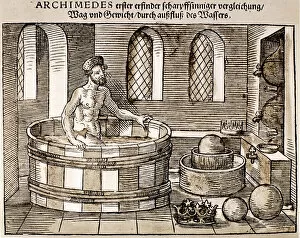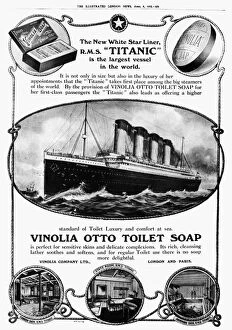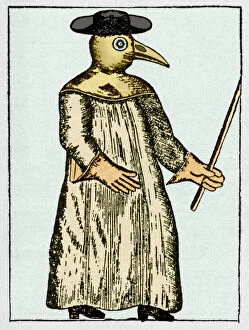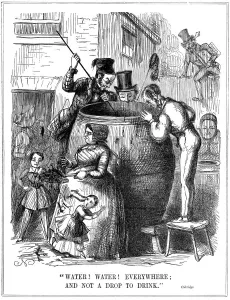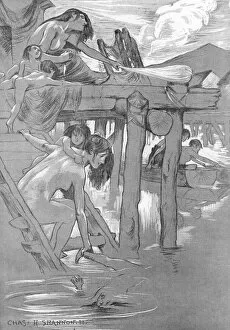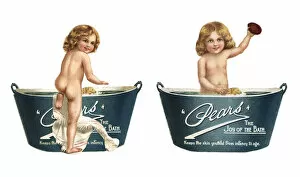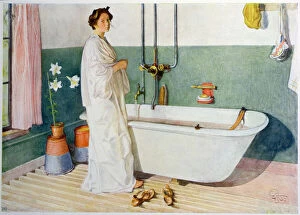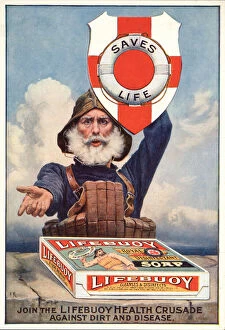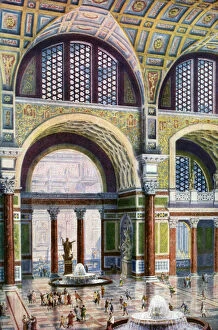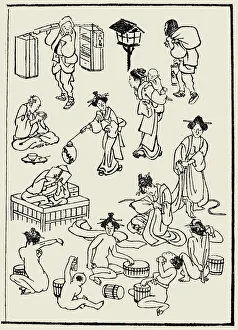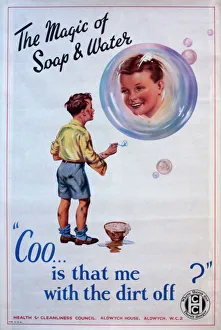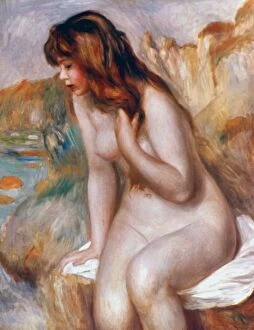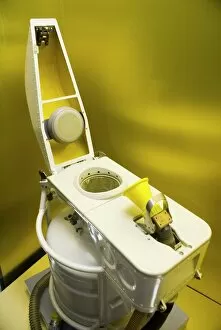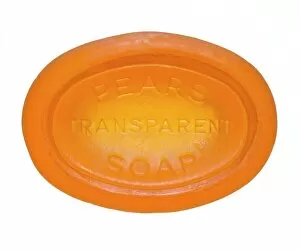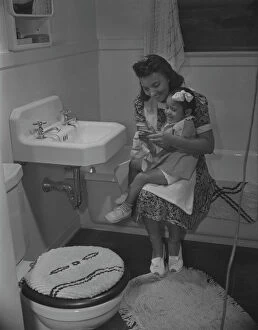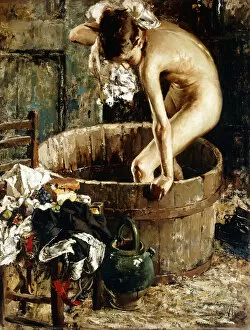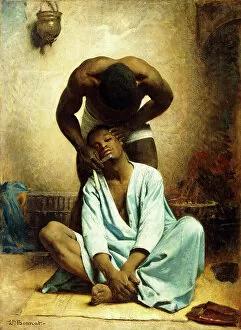Hygiene Collection
Maintaining proper hygiene is as essential as the air we breathe
All Professionally Made to Order for Quick Shipping
Maintaining proper hygiene is as essential as the air we breathe. From ancient times to modern advertisements, the importance of cleanliness has been emphasized in various forms. In Alfred Stevens' painting 'The Bath or the Woman in the Bath or Bathtub, ' a bronco woman indulges in a serene bath, symbolizing personal care and self-pampering. Similarly, Yoshiiku's artwork depicts quarreling and scuffling in a women's bathhouse, reminding us that maintaining hygiene is not only about personal well-being but also respecting others' space. Advertisements like Pears Soap Advertisement and Monsavon soap by Jean Carlu highlight how cleanliness can be achieved with quality products. These campaigns promote good health through proper cleansing rituals. Artists like Edgar Degas and Pierre Auguste Renoir capture intimate moments of bathing, showcasing the vulnerability and sensuality associated with hygiene practices. Mary Cassatt's masterpiece 'The Bath' portrays tender motherly love while emphasizing the significance of keeping oneself clean. Even everyday objects like wringers for wet clothes drying remind us that maintaining hygiene extends beyond our bodies to our surroundings. Meanwhile, old-fashioned outdoor lavatories serve as reminders of historical sanitation practices. From an outback dunny near Uluru-Kata Tjuta National Park to toilets around the world, access to clean facilities plays a crucial role in ensuring public health on a global scale. As we navigate through life's challenges, let us remember that practicing good hygiene is not just about staying healthy; it is also about showing respect for ourselves and those around us.

